Sleep, Associated functions, and Sleep Disorders
Sleep occupies one third of our life but we ignore largely its functions. Sleep not only regulates our vigilance but interacts with the whole physiology, including but not limited to neuroendocrine, metabolic, cardiovascular and neurocognitive systems. In our laboratory, we investigate the basic molecular and cellular mechanisms controlling sleep and associated functions. We are also interested in understanding the cause of several sleep disorders, including narcolepsy, parasomnias and sleep apnea.
Representative publications:
Liblau RS, Vassalli A, Seifinejad A, Tafti M. Hypocretin (orexin) biology and the pathophysiology of narcolepsy with cataplexy. Lancet Neurol. 2015, 14:318-28.
Vassalli A, Dellepiane JM, Emmenegger Y, Jimenez S, Vandi S, Plazzi G, Franken P, Tafti M. Electroencephalogram paroxysmal θ characterizes cataplexy in mice and children. Brain. 2013, 136:1592-608.
Hinard V, Mikhail C, Pradervand S, Curie T, Houtkooper RH, Auwerx J, Franken P, Tafti M. Key electrophysiological, molecular, and metabolic signatures of sleep and wakefulness revealed in primary cortical cultures. J Neurosci. 2012, 32:12506-17.
Hor H, Kutalik Z, Dauvilliers Y, Valsesia A, Lammers GJ, Donjacour CE, Iranzo A, Santamaria J, Peraita Adrados R, Vicario JL, Overeem S, Arnulf I, Theodorou I, Jennum P, Knudsen S, Bassetti C, Mathis J, Lecendreux M, Mayer G, Geisler P, Beneto A, Petit B, Pfister C, Burki JV, Didelot G, Billiard M, Ercilla G, Verduijn W, Claas FH, Vollenweider P, Waeber G, Waterworth DM, Mooser V, Heinzer R, Beckmann JS, Bergmann S, Tafti M. Genome-wide association study identifies new HLA class II haplotypes strongly protective against narcolepsy. Nat Genet. 2010, 42:786-9.
Cvetkovic-Lopes V, Bayer L, Dorsaz S, Maret S, Pradervand S, Dauvilliers Y, Lecendreux M, Lammers GJ, Donjacour CE, Du Pasquier RA, Pfister C, Petit B, Hor H, Muhlethaler M, Tafti M. Elevated Tribbles homolog 2-specific antibody levels in narcolepsy patients. J Clin Invest. 2010, 120:713-719.
Maret S, Dorsaz S, Gurcel L, Pradervand S, Petit B, Pfister C, Hagenbuchle O, O'Hara BF, Franken P, Tafti M. Homer1a is a core brain molecular correlate of sleep loss. Proc Natl Acad Sci U S A. 2007, 104:20090-20095.
Maret S, Franken P, Dauvilliers Y, Ghyselinck NB, Chambon P, Tafti M. Retinoic acid signaling affects cortical synchrony during sleep. Science. 2005, 310:111-113.
Tafti M, Petit B, Chollet D, Neidhart E, de Bilbao F, Kiss JZ, Wood PA, and Franken P. Deficiency in short-chain fatty acid b-oxidation affects theta oscillations during sleep. Nat. Genet., 2003, 34: 320-325.
Basic Genetic and Metabolic Aspects of Sleep
Based on available literature there is no doubt that many aspects of sleep are under a genetic control in both humans and animal models. These include not only the amount and the distribution of sleep but also very specific electroencephalographic (EEG) features of sleep and wakefulness. By using the inbred mouse as a genetic tool, we have been able to demonstrate that sleep as a quantitative trait is amenable to quantitative trait loci analysis (QTL). We have been the first to report that a single gene dramatically affects the quantitative sleep EEG. An EEG variant specific to paradoxical sleep (slow theta frequency) has been identified as the most heritable phenotype in inbred mice and subsequent mapping and functional studies identified a metabolic enzyme Acads (acyl Coenzyme A dehydrogenase for short chain fatty acids) as the underlying gene. More recently, we have shown that the slow wave activity during sleep is also affected by a single gene (Rarb) involved in the vitamin A signaling pathway. We are now concentrating our research efforts on the genetic dissection of sleep need. Sleep need is homeostatically regulated (loss of sleep leads to compensatory processes, which are responsible for deeper recovery sleep). A gene for sleep need has been mapped on the mouse chromosome 13. Gene expression profiling after sleep deprivation to investigate the molecular correlates of prolonged wakefulness, identified Homer1a on chromosome 13 as the best molecular marker of sleep need. Finally, we have established an in vitro model of sleep (sleep in a dish), which presents the electrophysiological, transcriptome and metabolome correlates of sleep and wakefulness in intact animals. By using this model, we have shown that extended wakefulness or sustained stimulation of cortical cultures lead to compromised membrane metabolism.
Genetics of sleep disorders
Many sleep disorders run in families but their genetic bases are poorly understood. Our laboratory is specialized in the genetics of narcolepsy and sleepwalking. We perform family – and population – based studies using linkage, candidate gene, and genome-wide associations. We have also initiated a Center for Investigation and Research in Sleep (CIRS) in collaboration with the Department of Medicine of the University Hospital (CHUV), Lausanne, where we conduct sleep research in normal subjects and patients with sleep disorders. We have localized the first familial susceptibility gene for narcolepsy and have reported the first genetic evidence in sleepwalking. Future plans include genetics of normal sleep in twins, families, and the general population.
Mehdi Tafti, Full Professor
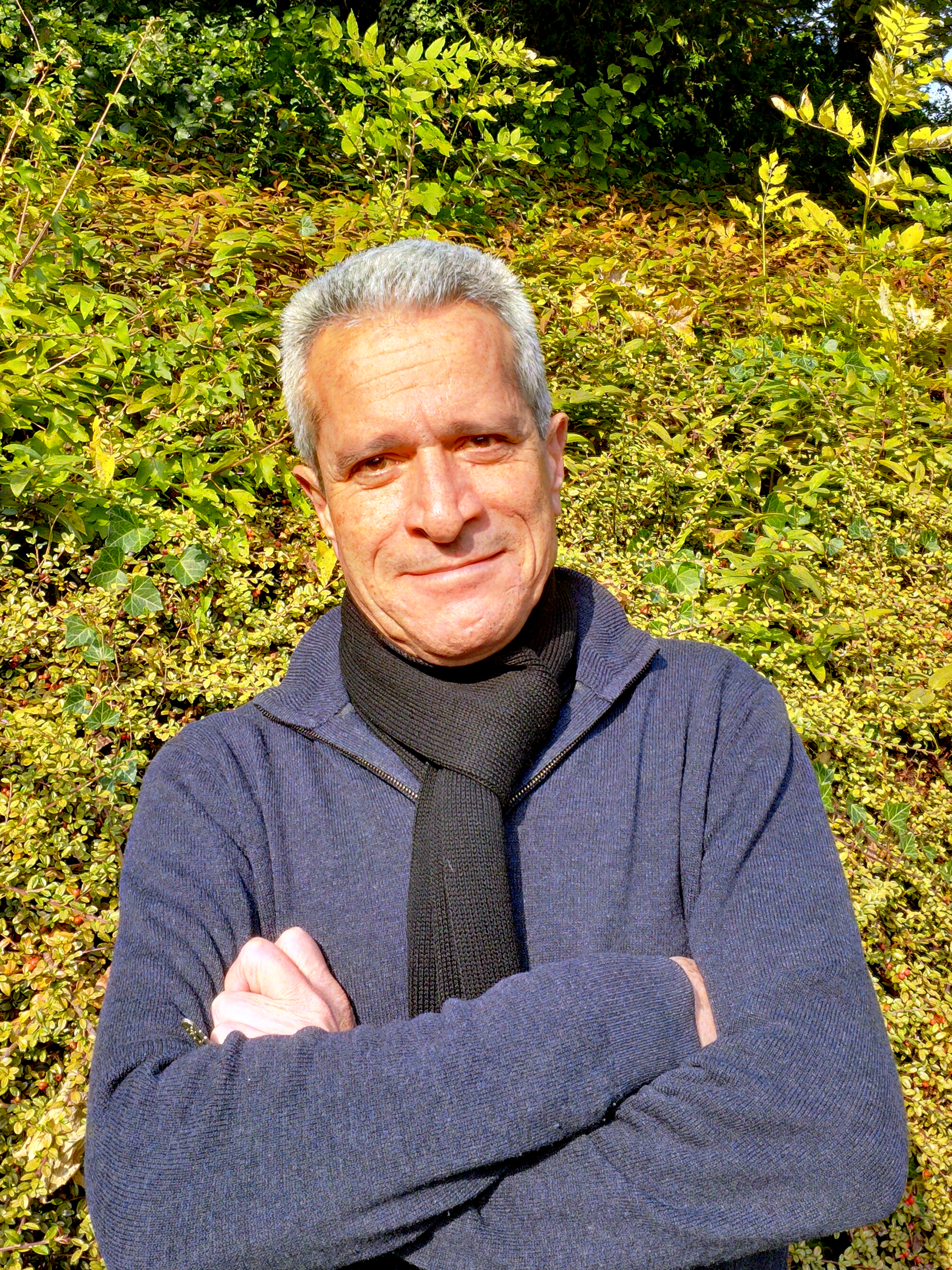 |
Mehdi Tafti received his PhD from the University of Montpellier (France) in 1991 after completing his doctoral thesis on sleep regulation in human narcolepsy. He performed a postdoctoral fellowship with Dr. Mignot and Dr. Dement and was a Research Associate at the Department of Psychiatry and Biological Sciences at Stanford University. In 1995 he moved to the Department of Psychiatry in Geneva where he established the first laboratory dedicated to the molecular genetics of sleep and sleep disorders. He joined the Center for Integrative Genomics, University of Lausanne in 2004 and co-founded the Center for Investigation and Research in Sleep at CHUV, Lausanne. He is now Professor at the Department of Physiology, University of Lausanne. |
Corinne Pfister, Lab technician
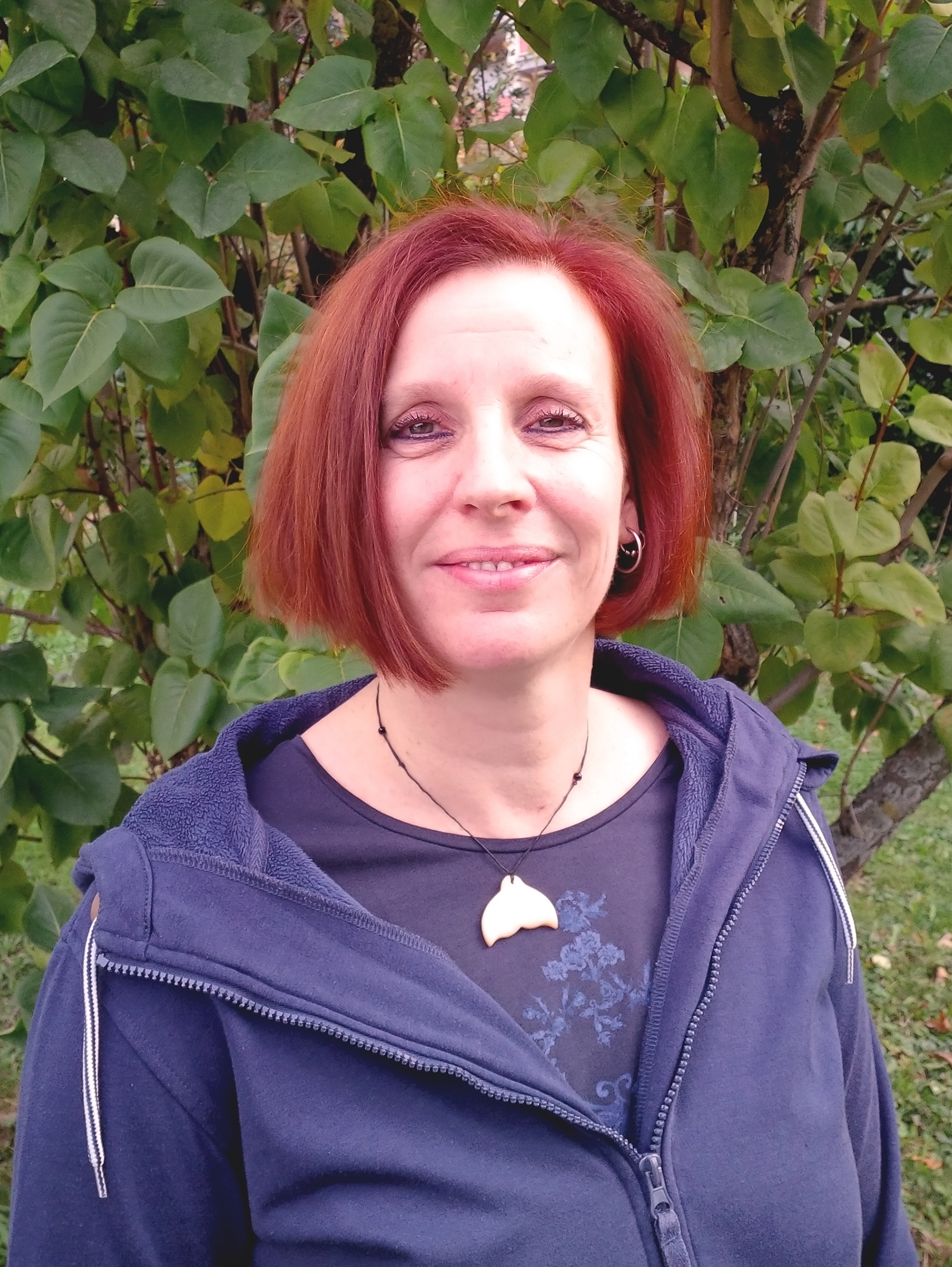 |
Corinne obtained her MS in Microbiology from the University of Lausanne. She then joined the group of Prof. Bernard Rossier at the Department of Pharmacology and Toxicology at UNIL as a lab technician. In 2004 she joined the Mehdi Tafti’s lab at the Center for Integrative Genomics. |
Anne-Catherine Thomas, Lab technician
Cendrine Repond, Lab technician
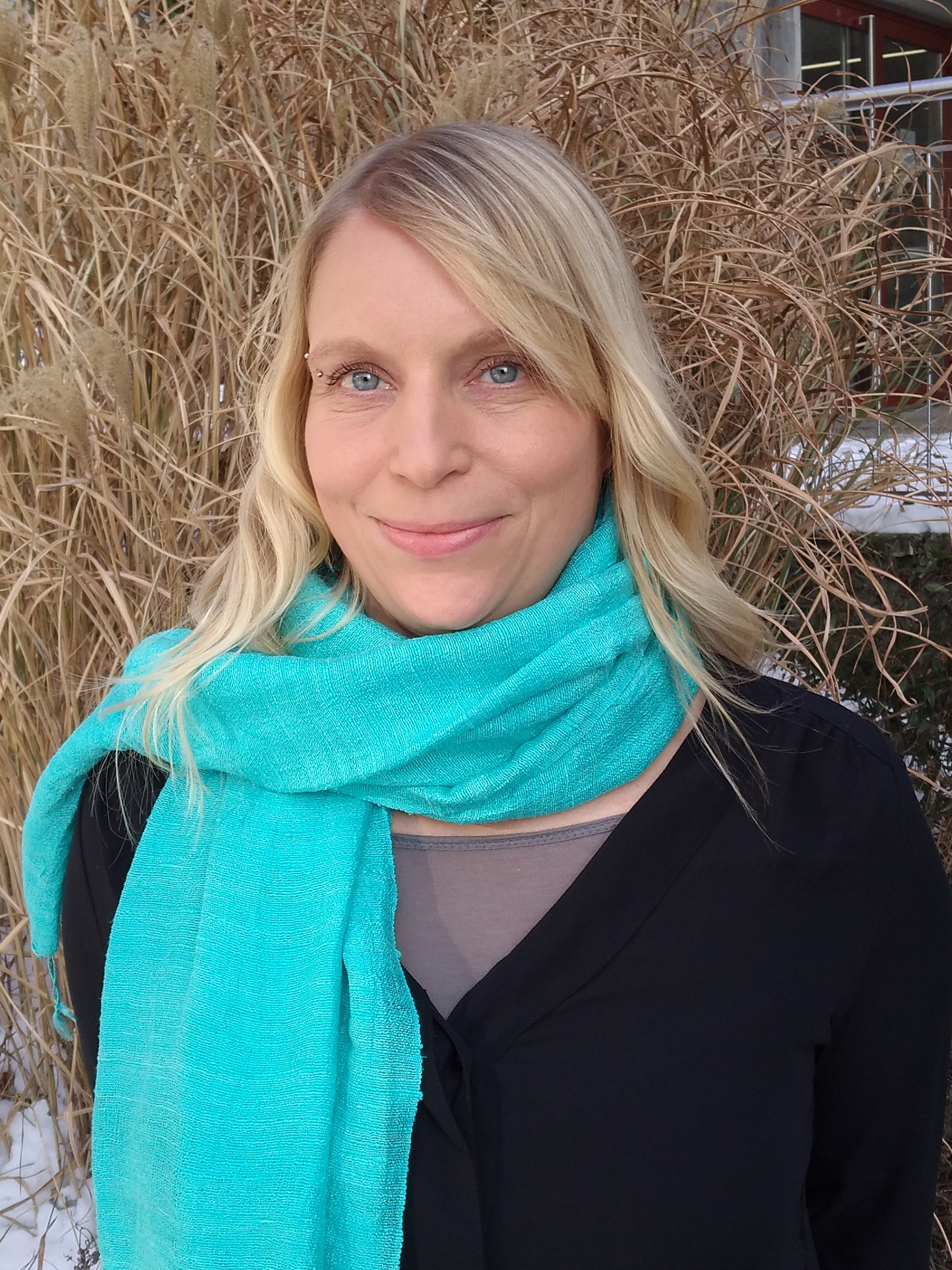 |
Cendrine is laboratory technician associated to the group of Prof. Luc Pellerin since 2007. She obtained a CFC degree of medical technician from the Cantonal hospital in Fribourg and she also obtained a diploma of cytotechnician. During her professional career prior to join the department of Physiology, she worked in various laboratories and improved her knowledge in several areas including chemistry, cosmetic science and pathology. She is involved in the management of the laboratory and has a good experience in molecular biology, cell cultures and microscopy. She helps all members of the group with various techniques and participate to different collaborations with external groups. She also carry her own independent research projects. |
Dr Mojtaba Bandarabadi, Senior Researcher
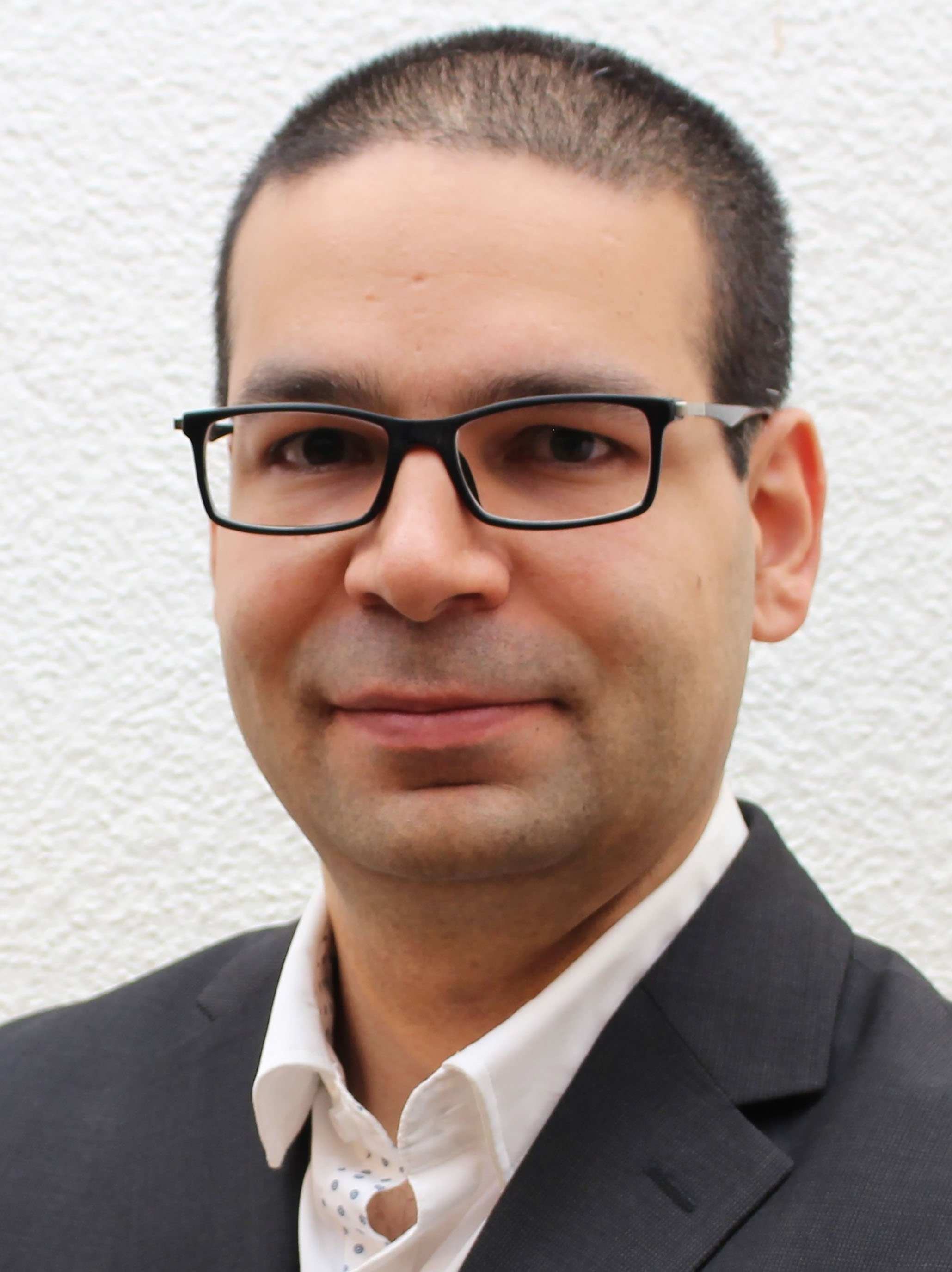 |
Mojtaba received his PhD from the University of Coimbra (Portugal) in 2015, with focus on modelling the neurophysiological dynamics of epileptic brain during preictal and ictal events. During his PhD, he was a visiting scholar at the University of Minnesota (USA) for 6 months. He did a postdoc at the Department of Neurology, the Hospital University of Bern, and developed expertise and interests in system neuroscience focusing on the neural circuits and dynamics of sleep-wake cycle. Mojtaba joined Tafti’s group in February 2018 to pursue his research interests in the sleep field, and is currently working on the neural substrates of sleep-wake cycles and oscillations. |
Gianandrea Broglia, PhD student
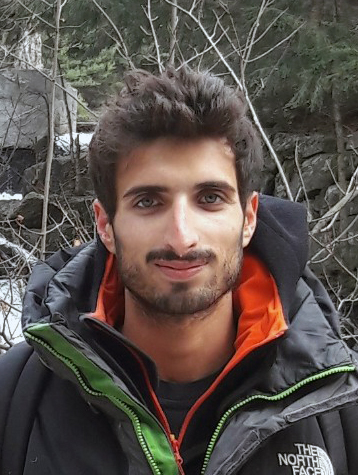 |
A background in psychology with a Bachelor obtained from University of Milano-Bicocca and a successive MSc in neuroscience at University College London, brought Gianandrea in 2014 to work at the University of Copenhagen in Prof. Roland group. In Denmark he performed in vivo cortical recordings of rodent primary visual areas. Consecutively in 2016, at the Italian Institute of Technology in Genova, he explored circadian genes expression and synchronization on in vitro neurons and astrocytes cultures hosted by the Dr. De Pietri Tonelli lab. |
Giorgio Corsi, postdoc
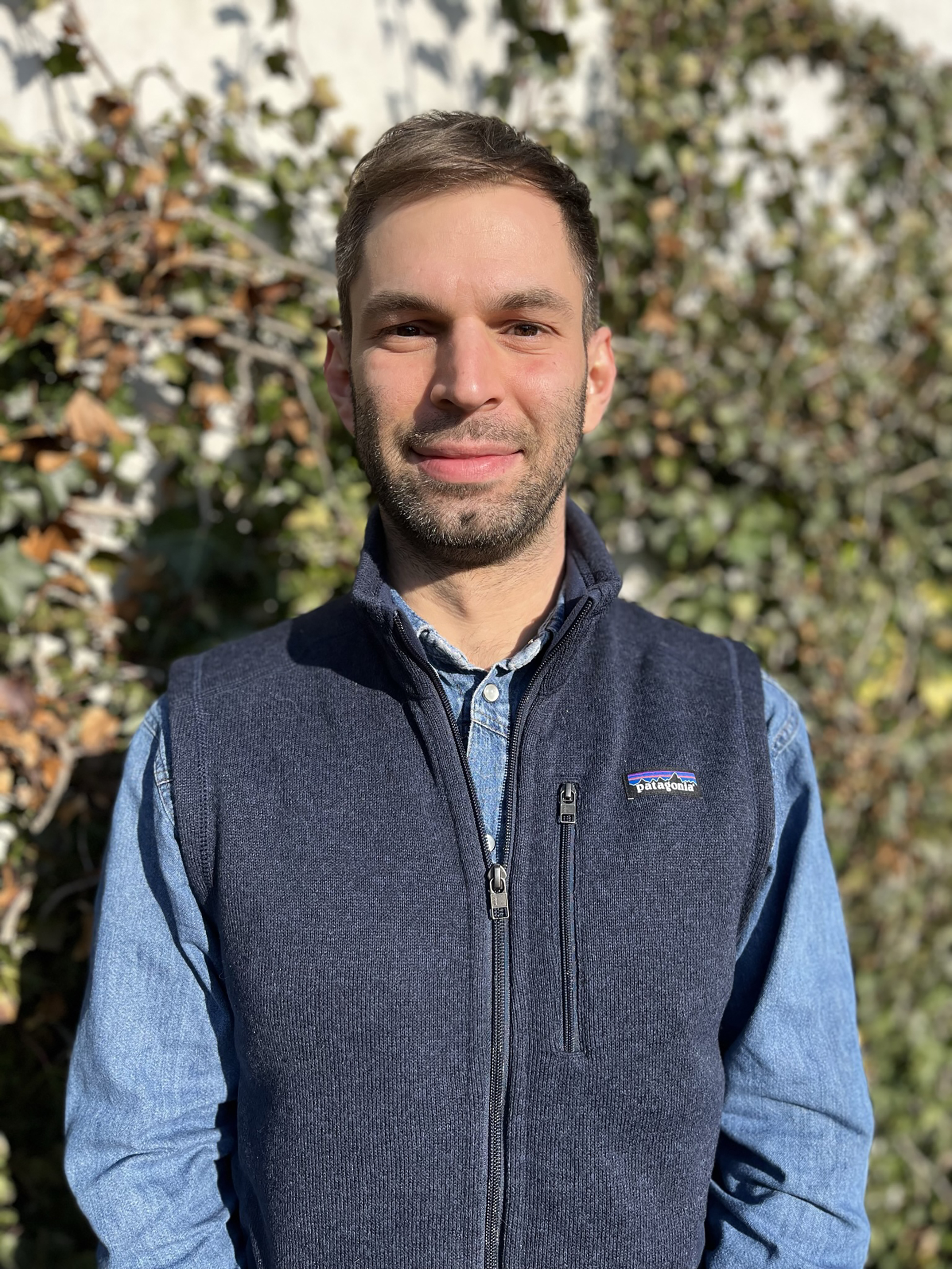 |
Giorgio received his BSc in Biology from University of Parma (Italy), where he worked at the Department of Neuroscience, studying the roles of visuo-motor neurons in macaque monkey premotor cortex using in vivo electrophysiological techniques. He then moved to Sapienza University of Rome (Italy) for the MSc in Neurobiology and next for the PhD in Neuroscience at Department of Physiology and Pharmacology. During the time spent at this institution, Giorgio focused his research on the roles of microglial cells, mainly in the regulation of sleep and sleep-associated synaptic plasticity in murine models, using electrophysiology, confocal microscopy, and molecular, cellular and behavioral techniques. After the doctoral graduation, Giorgio joined the Department of Biomedical Sciences of the University of Lausanne (Switzerland) as post-doctoral fellow to investigate the interplay between subcortical structures during sleep and innate behaviors in hypocretin knockout murine models. |
Li-Yuan Chen, Post-doc
Meriem Haddar, Postdoc
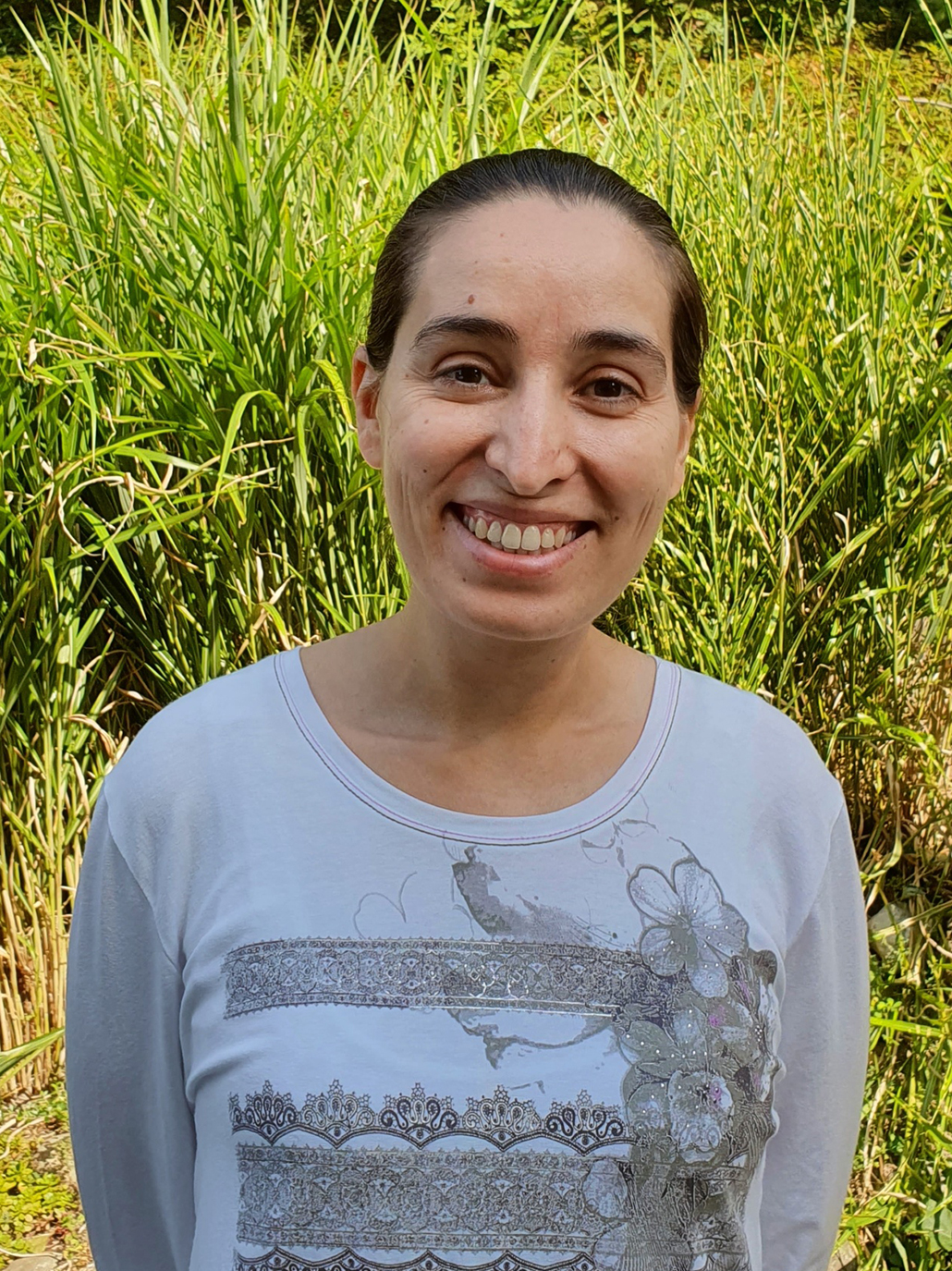 |
Meriem obtained her Pharmacy degree (Pharm.D) in Ferhat Abbas University, Setif, in Algeria (2013). Then she worked for a pharmaceutical company for more than a year (Novapharm Trading). Later, she obtained the Japanese MEXT scholarship and moved to Japan for PhD studies in pharmacy (2015 to 2019). She joined the laboratory of Pharmaceutical Therapy and Neuropharmacology in the University of Toyama under the supervision of Prof. Atsumi Nitta. During her PhD, Meriem worked on methamphetamine addiction and cognitive function in mice. After graduation, Meriem stayed in the same lab as a foreign researcher until July 2020. |
Marie-Laure Possovre, Chargée de recherche
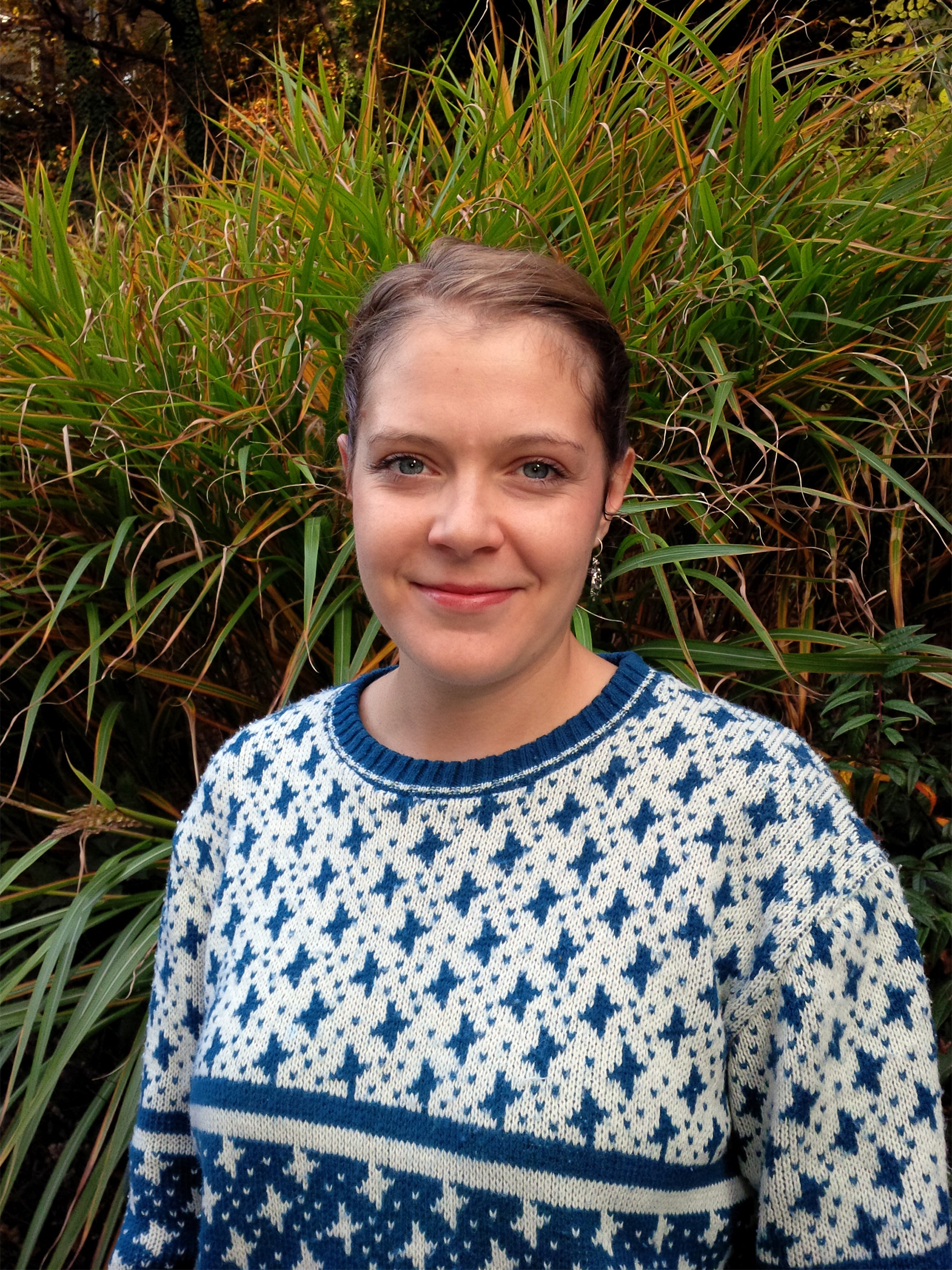 |
Mergim Ramosaj, Chargé de recherche
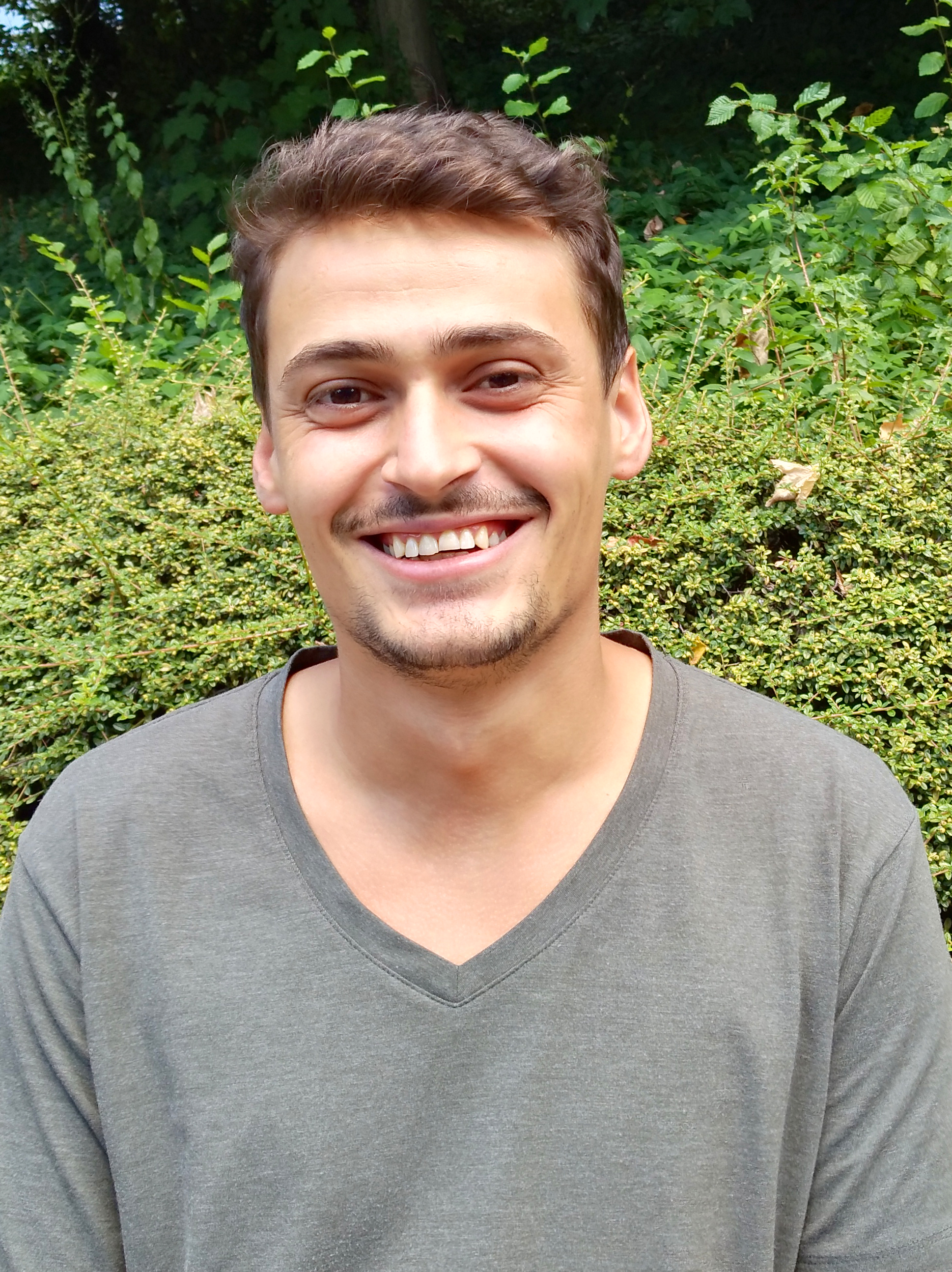 |
Mergim got his Bachelor in Biology and his Master in Molecular Life Sciences at University of Lausanne (Unil). During his Master, he worked on a gene therapy approach for Huntington's disease at CHUV in the group of Prof. Nicole Déglon. In 2017, he started his PhD studying the role of lipid droplets in neural stem cells under the supervision of Prof. Marlen Knobloch (Department of Physiology, Unil) . He joined the laboratory of Prof. Mehdi Tafti in 2022 to study the epigenetic regulation of narcolepsy. |
Dre Anne Vassalli, Research Manager
| Anne did her PhD thesis at MIT with Prof Rudolf Jaenisch, and then a postdoc at the Rockefeller University in New York on molecular genetics of olfaction in mice. She joined the TAFTI lab in 2007 to switch to the sleep field and behavioral state regulation, where she developed mouse models to study narcolepsy and hypocretin/orexin signaling circuits. |
Advanced search is available through Serval
Publications can be managed by accessing Serval via MyUnil
